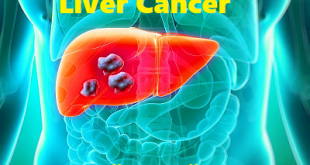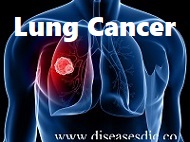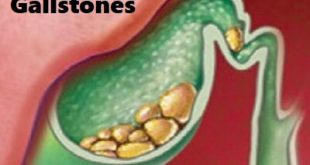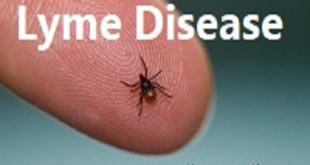Introduction Gestational diabetes mellitus defined as “carbohydrate intolerance of variable severity with onset or first recognition during pregnancy”. Diabetes is a common condition in which the body’s cells are unable to effectively obtain glucose from the bloodstream. Glucose is required to provide the body with energy for day-to-day activities. The …
Read More »Liver Cancer – Definition, Symptoms, Treatment, and Prevention.
Definition Primary liver cancer is a condition that happens when normal cells in the liver become abnormal in appearance and behavior. The cancer cells can then become destructive to adjacent normal tissues, and can spread both to other areas of the liver and to organs outside the liver. Malignant or …
Read More »Lung Cancer – Timeline, Causes, Treatment, and Prevention.
Definition Lung cancer is a disease in which certain cells in the lungs become abnormal and multiply uncontrollably to form a tumor. Lung cancer may not cause signs or symptoms in its early stages. Some people with this have chest pain, frequent coughing, and blood in the mucus, breathing problems, …
Read More »Gastroesophageal Reflux Disease – Causes, Treatment, and Medications.
Introduction Gastroesophageal reflux (GERD) is a chronic disease that occurs when stomach contents flow back (reflux) into the food pipe (esophagus). At the lower end of the esophagus, where it joins the stomach, there is a circular ring of muscle called the lower esophageal sphincter (LES). After swallowing, the LES …
Read More »Gallstones – Definition, Treatment, and Management.
Definition Gallstones, or choleliths, are solid masses formed from bile precipitates. These “stones” may occur in the gallbladder or the biliary tract (ducts leading from the liver to the small intestine). There are two types of gallstones: cholesterol and pigment stones. Both types have their own unique epidemiology and risk …
Read More »Lupus – History, Symptoms, and Prevention.
Definition Lupus is a chronic autoimmune disease in which the body’s immune system becomes hyperactive and attacks normal, healthy tissue. This results in symptoms such as inflammation, swelling, and damage to joints, skin, kidneys, blood, the heart, and lungs. Under normal function, the immune system makes proteins called antibodies in …
Read More »Fibromyalgia – Symptoms, Complications, and Epidemiology.
Definition Fibromyalgia is the most common condition in which a person has long-term, body-wide pain and tenderness in joints, muscles, tendons, and other soft tissue. Fibromyalgia has also been linked to fatigue, sleep problems, headaches, depression, and anxiety. The pain of Fibromyalgia Syndrome is usually described as aching, throbbing or …
Read More »Lyme Disease – Causes, Symptoms, and Treatment.
Definition Lyme disease is caused by a bacteria, Borrelia burgdorferi, that’s transmitted to humans through a bite from an infected black-legged or deer tick. Symptoms can occur anywhere from 3 to 30 days after the bite, and symptoms can be wide-ranging, depending on the stage of the infection. Lyme disease …
Read More » Diseases Treatments Dictionary This is complete solution to read all diseases treatments Which covers Prevention, Causes, Symptoms, Medical Terms, Drugs, Prescription, Natural Remedies with cures and Treatments. Most of the common diseases were listed in names, split with categories.
Diseases Treatments Dictionary This is complete solution to read all diseases treatments Which covers Prevention, Causes, Symptoms, Medical Terms, Drugs, Prescription, Natural Remedies with cures and Treatments. Most of the common diseases were listed in names, split with categories.








